Summer 2007
Jun 28, 2007, 7:28 PM by Eric Zeman & Rich Brome
Hands-on with the Sony Ericsson K850, Nokia 8600 and 6500 Slide, 6500 Classic, LG Muziq, and BlackBerry Curve.
Sony Ericsson K850
This CyberShot phone from Sony Ericsson sure provided a lot to talk about. First, it is about the same length and width as a BlackBerry Pearl, but it is noticeably thicker. For such a thick candybar phone, though, it feels pretty light in your hand. To me, the plastic finish of the sides and back of the K850 felt a little cheap. The front of the phone is where SE decided to concentrate its design efforts.
The screen has a nice size to it. Though the glossy finish attracted more than its fair share of smudge, the overall quality of the images and icons we saw was very good. All the animation seen in the display and menus was smooth, and color viewed through the camera was fairly accurate.
At the very bottom of the screen are three little white hash marks. These hash marks represent the three portions of the screen that are touch-sensitive. It is these three tiny little dashes where you press your thumb to select items or actions on the screen. Since this is a prototype phone, the buttons did not work consistently, though over the course of using it for a few minutes, we were able to fine-tune using them a bit. It turns out the actual touch-capacitance activators are at the very edge of the screen, right up against the hash marks. You had to be precise with your thumb in hitting that portion of the screen in order to get them to work (see video).
The keypad defied expectations. One some of its later models, Sony Ericsson has reduced the size of the keys on the keypad to mere blips. The same goes for the K850. Using the keypad on some of the other models, like the W580 for example, is dreadful. Not so the K850. Despite the small size of the keys, I felt they were very easy to use and they didn't produce the same negative impression as on other models. The "2" and the "5" keys are a little bit tricky, though. There is no real D-pad on the K850, per se. Instead, there is an illuminated ring of plastic surrounding the "2" and "5" keys that is multidirectional and lets you navigate around the screen. Your instinct is to push within this D-ring to make menu selections, but instead you'll end up dialing a "2" or a "5". You have to reach your thumb up above the plastic ring and use one of the three touch-capacitance buttons to make menu selections. Since this is not how we are used to interacting with D-pads, it will likely take some time to become accustomed to. One thing of note, the D-ring does not need to actually be pushed. Simply brushing that ring with your finger awakens the screen and illuminates the keypad.
On the right side of the phone are some camera-specific buttons. Near the top of the phone is the volume/zoom keys. Near the bottom is the shutter release button, as well as the dedicated camera-launch key. The really interesting thing is a three-way selector switch that lets you toggle between still camera, video camera, and review modes. The K850 is held sideways to take pictures, and on the right side of the screen, the three touch-capacitance buttons let you access different picture-taking menus and options. While using these buttons with the phone held normally was challenging enough, it was near impossible to get them to work with your right index finger or thumb when holding the phone horizontally. The 5 Megapixel camera and flash are located on the back of the phone.
Also, when the phone is in camera mode, several hidden icons appear next to the "3", "6", "9" and "#" keys. Each icon correlates to the key below it, and lets you quickly make adjustments to the phone, such as the flash or scene mode.
The menus were on par with other SE models. The media menu stands out a little bit. The media menus look and work much like the PSP. Sony has been applying this elegant four-way user interface to more of its media-centric devices in the past year, such as TVs and AV receivers, and now they are bringing this interface to their phones.
Like the iPhone, the K850 has an internal orientation sensor. When in the media menus, if you rotate the phone to horizontal mode, the whole interface automatically rotates as well. The sensor also works when taking a photo, so your photos are always right-side-up no matter how you hold the phone, both taking and viewing the photos.
Lastly, it is worth pointing out the card reader on the K850. This is the company's first phone to support standard microSD memory cards in addition to Sony's M2 format. A single slot is compatible with both types of cards, which is novel for a phone. The card slot is found on the bottom of the phone, and is accessed via a hinged door. The SIM card and battery are also accessed with the hinge open. The construction of it is much more like a digital camera than a phone, down to the little lever that holds the battery in.
Overall, the phone stands out. With its quad-band GSM/EDGE and tri-band WCDMA radios, Americans will have the opportunity to see just how good it is later this year. Sony Ericsson is aiming for holiday release. They're hoping to have it out in November, but December may be more likely.
Nokia
6500 Classic
Nokia has released a number of models over the past month, including the 6500 Classic, 6500 Slider, and 8600 Luna. All three were on display at Digital Experience.
The 6500 bears all the trademark signatures of a Nokia phone. It is simple, elegant, and, well, classic. To start, this is a very thin phone. With its rounded edges it feels very much like holding an iPod Nano. Except the 6500 Classic is longer, and heavier. It is surprisingly heavy, in fact. That's because the top portion of the phone is made from machined aluminum. The feel of the metal casing is very nice, and bestows the phone with some authority. There is a black plastic door covering the battery and antenna portions of the phone along the back. This cover was one of the few negative aspects about the Classic, as its quality does not match that of the metal finish it joins with.
Along the top of the phone are the power keys, as well as micro USB slot for charging, data, and adapter for headsets. The Classic's 2 Megapixel camera and dual-LED flash are found on the back of the phone.
The keypad on the Classic is straightforward in design and function. The keys are large enough and well spaced for easy typing. The four rows of keys are lined with a silver-colored edge that sets them apart visually. The D-pad and function keys are all also well designed and spaced. Using them was simply pleasant. Every key provided good feedback and navigating around the menus was a breeze.
The screen is an average size, but the quality of the screen was good. The high resolution produced sharp images, smooth animations and showed good color representation. As with many phones, it was easy to smudge.
The Classic uses the standard Series 40 user interface. The prototype we saw had the active stand-by feature running, and it allowed us to jump around into a host of different applications quickly and easily. The camera UI is also the standard Series 40 UI. The processor of the phone was fast, as there was no lag or delay when navigating through the different menus.
This phone also has 1 GB memory built in and is a quad-band GSM/EDGE and dual-band WCDMA device. While it will roam in the U.S., it is not slated for release in the States.
6500 Slide
Like its candbar cousin, the 6500 Slide has some weight and authority to it. The quality of the materials definitely marks the Slide as a premium mid-level phone. When closed, it feels solid. It is much thicker than the Classic, but is thinner than some other Nokia sliders, such as the 5300. Most of the exterior shell of the 6500 Slider is stainless steel. The brushed look of the metal is a nice touch. Even the function keys and D-pad are made of this material.
Opening and closing the slider mechanism was very satisfying. This prototype must be far along in the development process, because the slider was solid. It produced a nice "thunk" when snapping open or closed. The spring-assisted action felt good.
Using the D-pad and keypad of the Slider was similar in many respects to the 6500 Classic. The shape of the D-pad keys is identical, as is the amount of feedback each key produced. The keypad itself was smooth and doesn't have the silver lining that the Classic does, but each key is a good size and dialing numbers was satisfying.
The back cover was slightly difficult to take off. Once off, though, you have access to the SIM slot and microSD slot. These two slots are stacked one over the other, and you have to remove the battery to access either of them, as the entry points for the cards are in the battery cavity. The 6500 Slide supports SDHC, and can accept cards up to 4 GB in capacity for storing media.
The volume rocker / zoom key and dedicated camera-launch key are on the right side of the phone. The volume rocker moved minimally, and provided less feedback than some of the other keys. The camera button was the complete opposite. The action of this button was very deep. You had to push the button far down to activate the camera. Doing so activates the 3.2 Megapixel camera with Carl Zeiss lens and auto-focus. It also has a dual-LED flash. Because the 6500 Slide runs Series 40, it employs the standard Series 40 camera interface.
The 6500 Slide has the same radio capabilities as the 6500 Classic, which is to say quad-band GSM/EDGE and dual-band WCDMA.
8600 Luna
The Luna is Nokia's high-end fashion phone. The materials are top notch. Everything about this phone is elegant and refined, though there are some definite missteps in its design.
First, Rich and Eric disagreed about the quality of the top surface of the Luna. The screen and keypad guard are both made of glass. Eric felt the glass was especially smooth and felt great. Rich said he couldn't tell the different between feeling the glass of the Luna and feeling the plastic screens of other phones. This point aside, the Luna is solid. We both felt that the metal finish on the back was smooth, as are the rounded edges of the phone. The glass front and metal casing on the back make for a heavy phone, despite its smaller size. It is not as thin as the 6500 Classic, and is only a hair thinner than the 6500 Slide. The top is where you'll find the power key and MircoUSB slot for charging and data transfer.
With the phone is closed and the screen is inactive, the keypad "pulses" underneath the smoky glass covering. It is sort of like the way the power light on an Apple computer pulses when asleep. The pulsing takes place about once every 10 seconds or so (see video below). It only does this for about five minutes after each use, so as not to cut into battery life.
Opening and closing the Luna was similar to the 6500 Slide. The sprint-assisted sliding mechanism is very solid and well built. There was no side to side play or looseness to the sliding mechanism at all. It also produced a solid "thunk" when opening it or closing it. Unlike the 6500 Slide or 5300, the Luna is not two separate halves that slide apart. Rather, the phone simply elongates when the slide is opened.
One foible of the Luna is the way the function keys are laid out relative to the sliding mechanism. With the phone closed, there is an opening of sorts to let your thumb reach the function keys. There is a ridge outlining this opening, and the ridge is fairly high, especially at the top. Because the function keys are smaller and tightly spaced right next to this ridge, using them with the phone closed was difficult. We had to resort to using our thumbnails to reach most of the keys. Similarly, when opened, the top and bottom rows of keys are difficult to use (see video). The keys themselves all produced good feedback, though.
With the Luna, the camera is hidden under a sleeve on the back when closed, so the phone must be opened in order to use it. This protects the lens from scratches. The Luna has a 2 Megapixel camera, and also uses the standard Series 40 user interface. As with the 6500 Classic and Slide, the Luna is held horizontally for picture taking.
The screen on the Luna was very impressive. The brightness, sharpness and overall quality were high. The menus looked good, and images shot with the Luna showed a good degree of color accuracy.
The Luna may be fashionable, but its price is fashionably high, approximately $900 dollars. That's a lot of money for a quad-band GSM/EDGE phone with only a 2 Megapixel camera.
One footnote about the Luna's unique design: On both sides near the top, there's a long grille that looks like a speaker. Curiously, they don't seem to be speakers, but air vents. Because of the phone's unique design, an air cavity is created inside the phone each time you open it. If it weren't vented, air being forced through paper-thin gaps in the phone would make it difficult to open. When it's open, you can actually see straight through from one vent to the other:
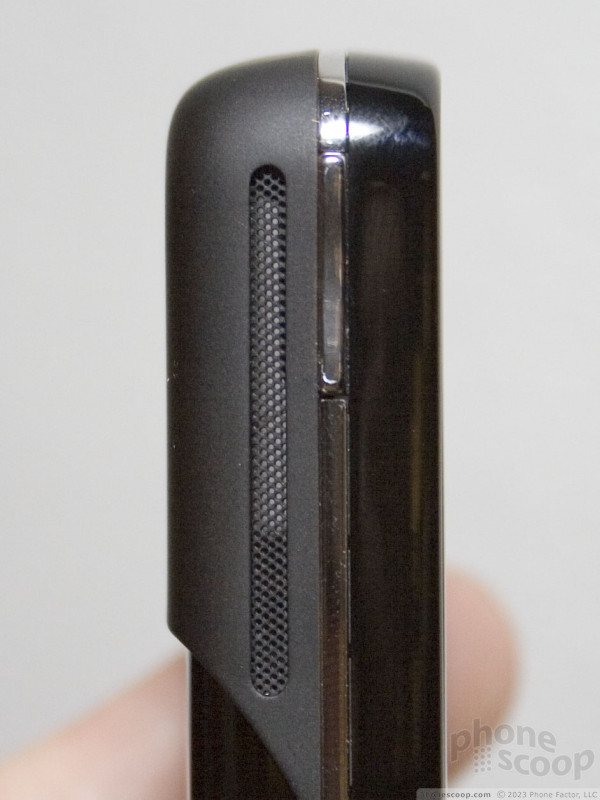
LG Muziq
This week Sprint and LG took the wraps off the Muziq, the oh-so-cleverly-named successor to the Fusic. We're already itching to see what creative way they come up with to misspell "music" with the third phone in this series.
The Muziq isn't a huge leap forward compared to its predecessor, but it is a solid replacement that manages to keep up with the times. In addition to a couple of minor feature improvements, the clunky external antenna is gone, and it's noticeably thinner. The build quality seems good. It doesn't have the same high-quality feel of recent Motorolas with their metal cladding and soft-touch finishes, but it doesn't feel "cheap" either. The glossy plastic does collect finger prints better than the FBI.
The thinner profile is the most important improvement. In many ways it resembles LG's svelte VX-8600, although with the Muziq they managed to include a standard 2.5mm headset jack (often a challenge for thin phones.) A 3.5mm jack for standard music headphones would have been even nicer, but that's asking a lot for a phone this thin.
At the edges, it's essentially as thin as the RAZR, although the front bulges a bit in the center and the bottom has a slight antenna bulge on the back, just like LG's Chocolate. The bulges make it a few mm thicker than a RAZR on paper, but it still feels very thin.
The music controls on the front are touch-sensitive. With other manufacturers, making the external keys touch-sensitive allows them to be hidden or otherwise integrated into the design for a thinner phone and sleeker look. LG went the other way with it, making them stick out like regular keys. Therefore the fact that they're touch keys doesn't seem to serve any purpose except to make it trickier to use. There is an option to for vibration feedback on the touch keys, just like the new RAZR2, plus an interesting option for it to vibrate "harder". (see below)
Our other first-impression gripe with the Muziq is the d-pad on the inside. While all of the other keys are extremely roomy and easy to feel and use, the d-pad is relatively cramped and flat. It takes an extra bit of dexterity and concentration to make sure you hit the right part. Folks with larger thumbs will most likely need to use their thumbnail to hit the correct arrow or press OK. The side keys are located on the top half just like the RAZR, but they're well-designed and easy to use once you get used to where they are.
Unsurprisingly, the standout features of the Muziq revolve around music. It's among the first phones to hit the market that support microSD memory cards as large as 4 GB, thanks to microSDHC support. 4 GB is enough for 4000 songs in theory, although 1000 is more realistic for your average MP3 collection. That's still a whole lot of music for a phone. Only a 64 MB card is included in the box, but it's nice to know that you can bump it up to the same capacity as a basic iPhone if you want to.
The other really stand-out music feature is the FM transmitter, which lets you "stream" your music to a nearby FM radio, so you can easily listen to music from your phone through your car or home audio system. This is still quite rare on phones, although that may be because it usually doesn't work very well. We haven't had a chance to test it with the Muziq yet.
Finally, the Muziq does let you play music in the background while you do other things.
The display is large and looks decent, although it's large enough that the lack of QVGA resolution is noticeable.
Speaking of the display, the Muziq comes pre-loaded with three "themes". Two of these themes - "Muziq" and "Sprint Messaging" - each have their own custom active standby feature that includes quick home-screen access to Sprint's On Demand application and two other features.
We found it a bit confusing to figure out the difference between a "screen saver", "slide show", "theme", "skin", "menu style" and "foreground". The Muziq has all of those options, and many of them are very poorly named and didn't control what we thought they would. Making it worse, there are dependencies that aren't clearly explained. For example, changing your theme might change your "screen saver" (which is really your wallpaper) and choosing a different "screen saver" might disable that theme, which would also disable the active standby feature.
When you finally realize that the LG theme - the one with the fewest features - is the only one that lets you set your own "screen saver" (remember that means wallpaper,) you're presented with a confusing list of choices for setting that wallpaper. "Preloaded", "get new", and "take new picture" are clear enough, but it's not immediately clear what the difference is between "my albums", "assigned media", and "my content". It's not pretty. This is common among Sprint phones, but that doesn't make it any less confounding for the new user.
The outer display also has a number of options for the background and clock. It lights up to show the time by tapping either volume side key.
The outer display music interface is surprisingly basic.
We were able to hook the Muziq up with a little bit of studio time... by which we mean an hour in our photo studio. Here are a few glamour shots from the shoot:
BlackBerry
Almost the entire BlackBerry line up was on display. Suffice it to say, the revamped set of devices is far more appealing than previous generations. All the new models include the track ball navigation originally seen on the Pearl, but step up to full-sized QWERTY keyboards.
The Curve is RIM's latest consumer-aimed device. It is noticeably smaller than the 8800 or the 8830, and also has some features the larger, more business-oriented devices lack, such as a 3.5mm headphone jack. The 8800 and 8830 retain the 2.5mm headset jack.
The Curve's materials don't exude the same quality as its business oriented cousins. The 8800 and 8830 both feature more polished exteriors and metals to create a sleek and shiny look. The Curve downgrades to plastics, and rather than a smooth plastic finish, it has a soft-touch paint job on the sides and back to make it easier to grip.
The standard BlackBerry menu is used all three devices, but the Curve has a 2 megapixel camera and updated media player software. The enhanced media player is a nice touch for the consumer-friendly Curve and is a large improvement over the media functions of the Pearl.
On the exterior, the 8800 and the 8830 are practically identical in every way.
Aside from slightly different face-plates, they are indiscernible from one another. The 8800 and Curve are quad-band GSM/EDGE devices (available through AT&T) and the 8830 is RIM's World Phone, that uses a CDMA-EVDO radio when in the U.S., and shifts to a GSM radio when roaming overseas. The 8830 is available from Verizon now, and Sprint just announced they will begin selling it in a few weeks.
Comments
sch i760
BlackBerry 8300 8800 Series Defects
Every model of new trackball-based BlackBerry that isn't an 8100 Pearl that I have seen has pits all over the display lens. The AT&T models seem to be the worst of the bunch, but still, it is very annoying to be looking at your screen and seeing these little specs of iridescent refraction that look like burnt out or stuck on pixels, or grime on the display, just to find out it's a manufacturer's flaw.
For the price these devices cost, they shouldn't be so poorly manufactured.
RIM of course sent back a form letter denying the existence of this, of course.
RIM: Nothing new?
I guess Verizon isn't getting the Pearl.
Something like the Pearl or Curve is definitely coming to CDMA by the end of the year.
K850 5 megapixels


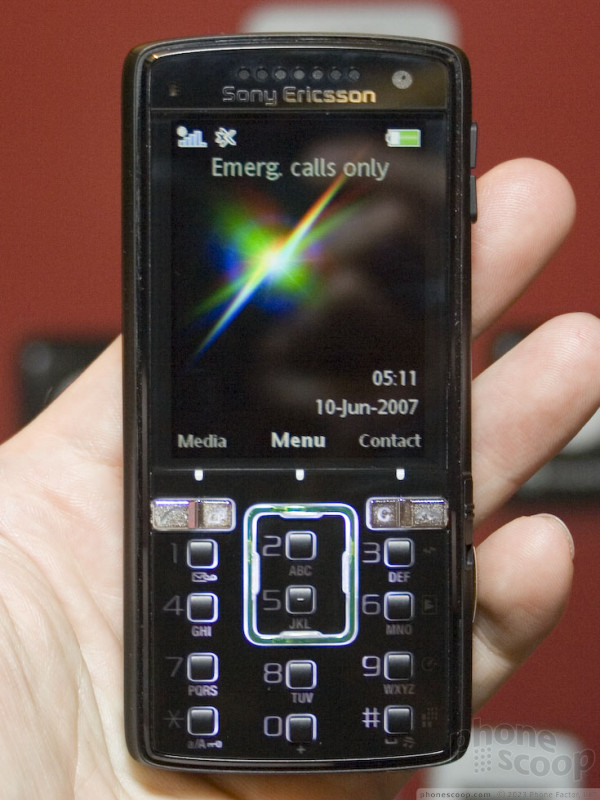






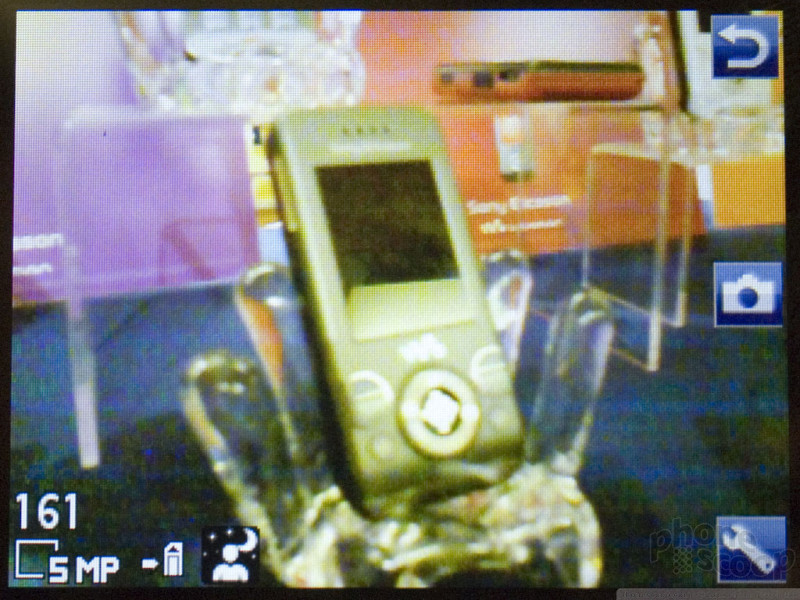










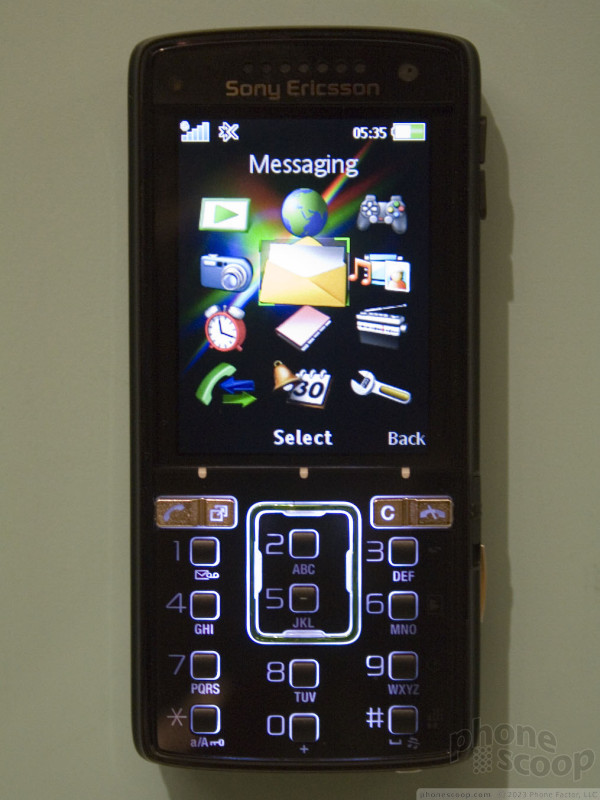


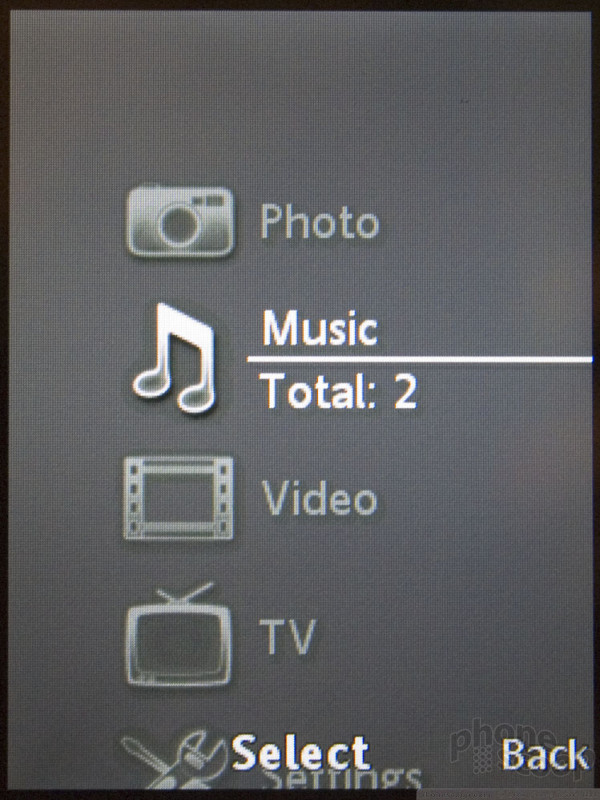












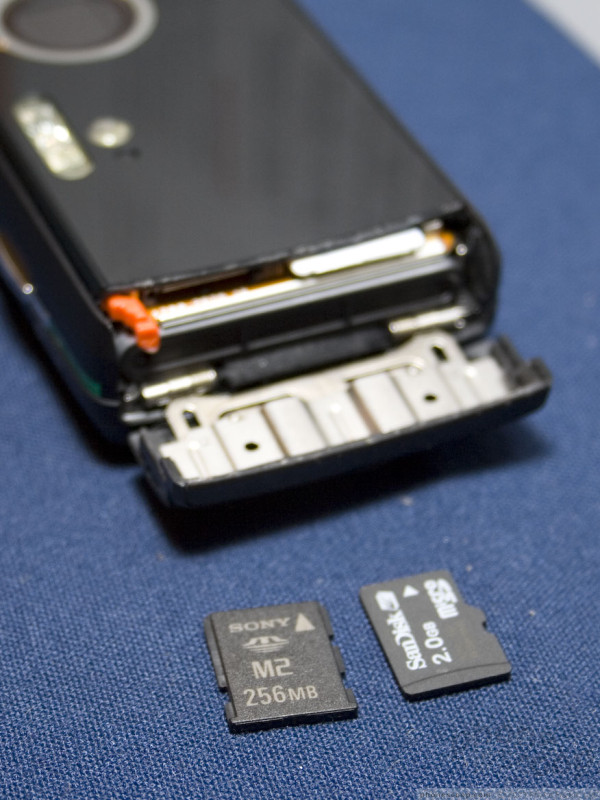











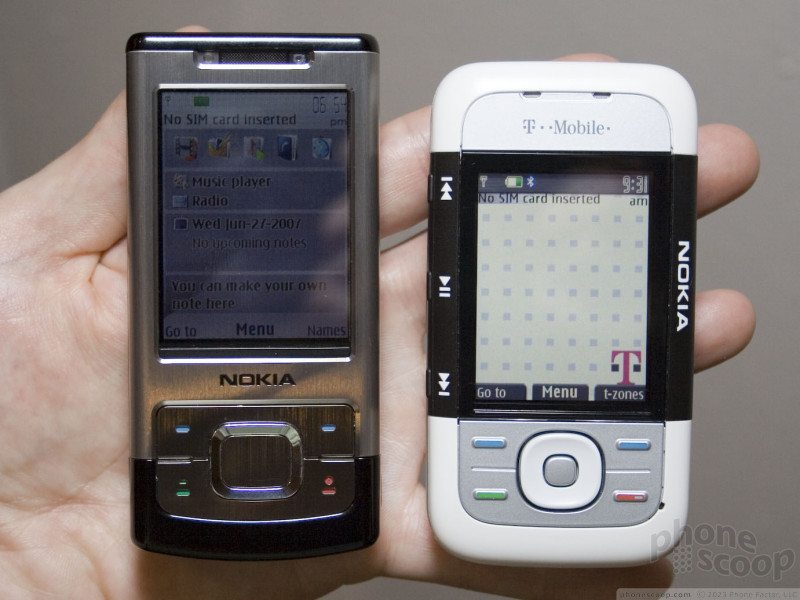


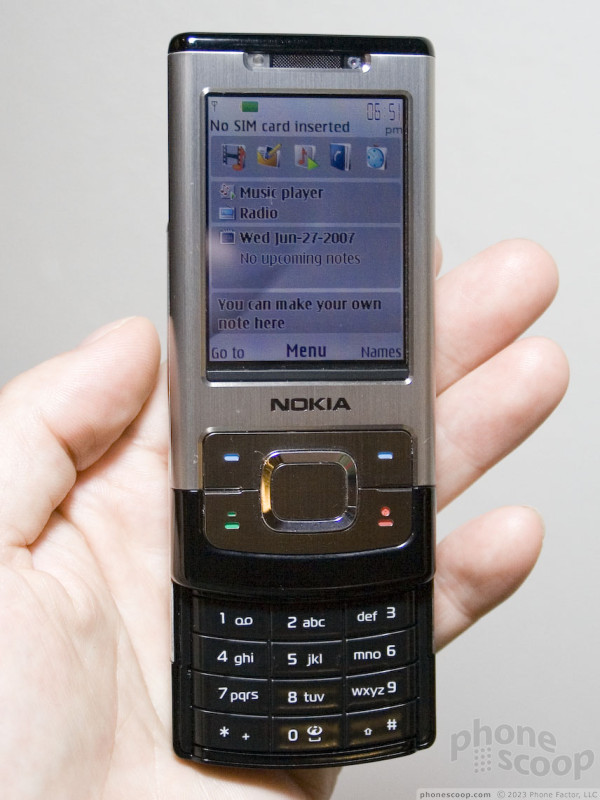



















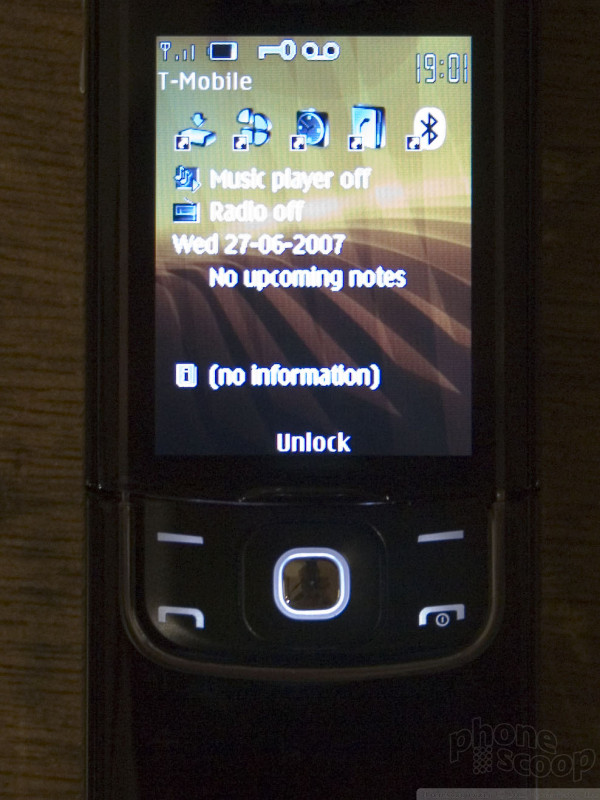



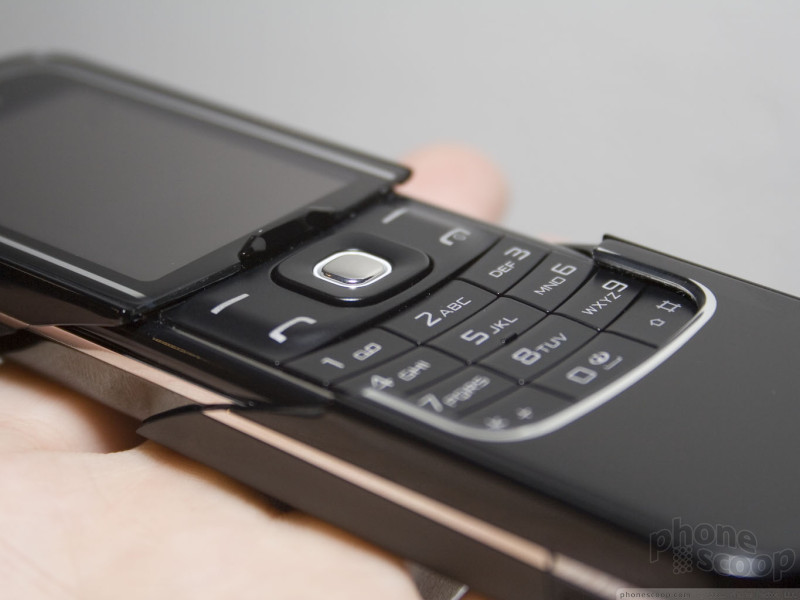


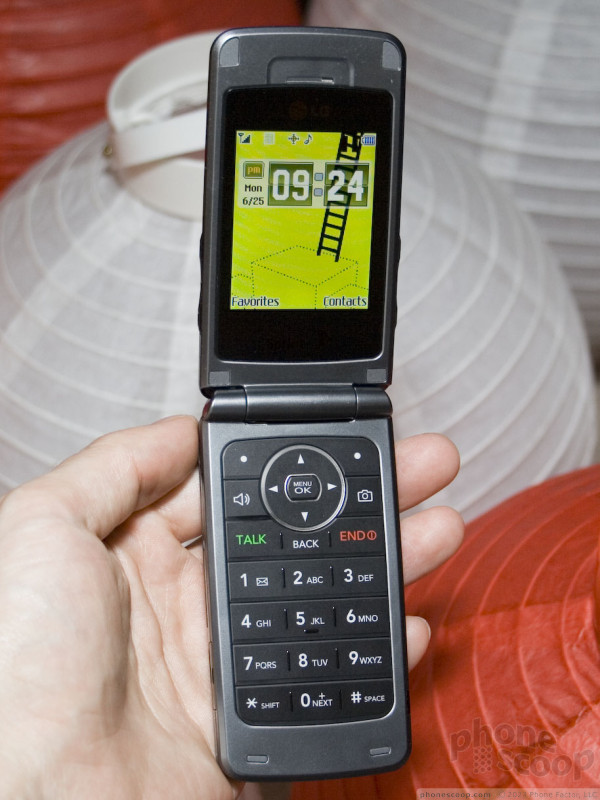







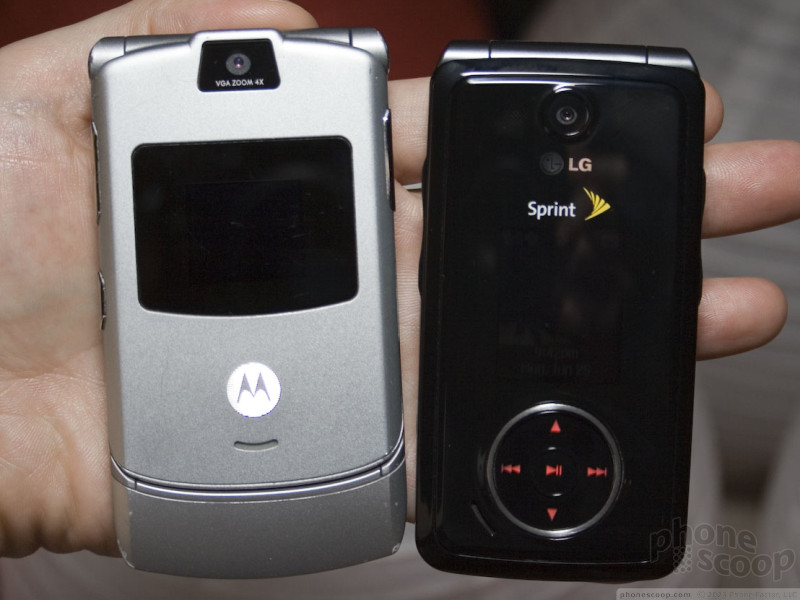


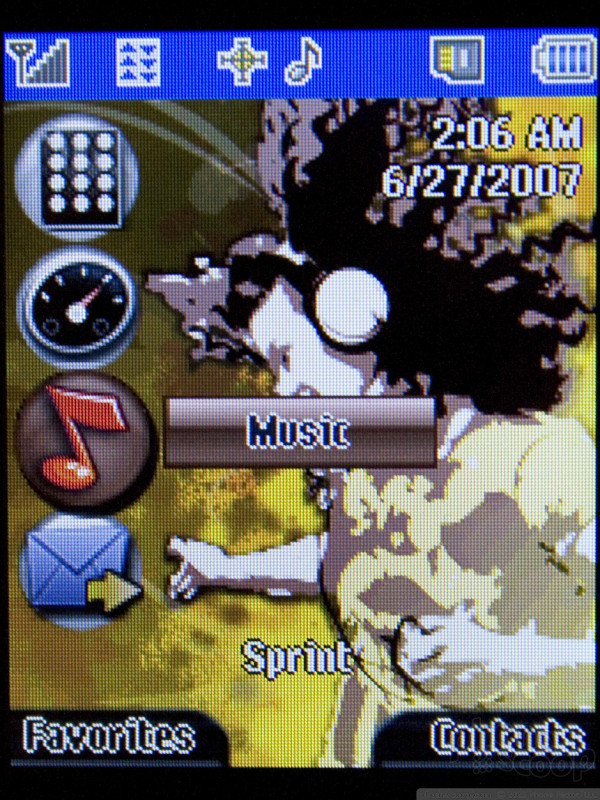












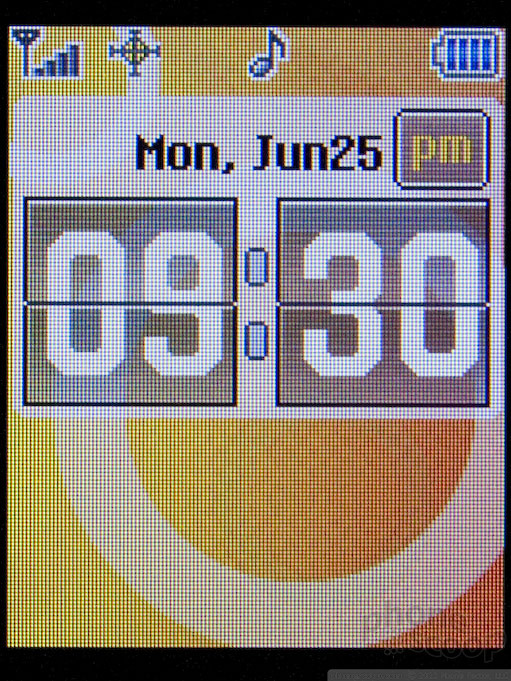



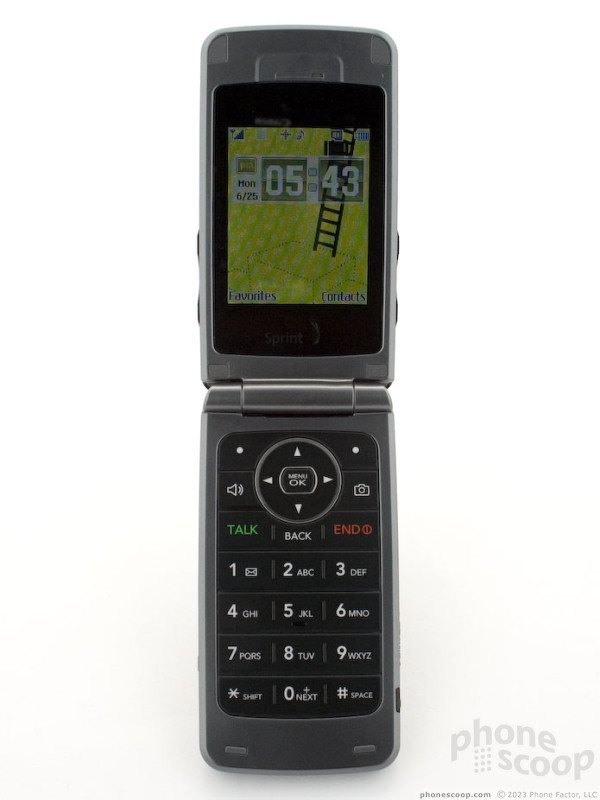




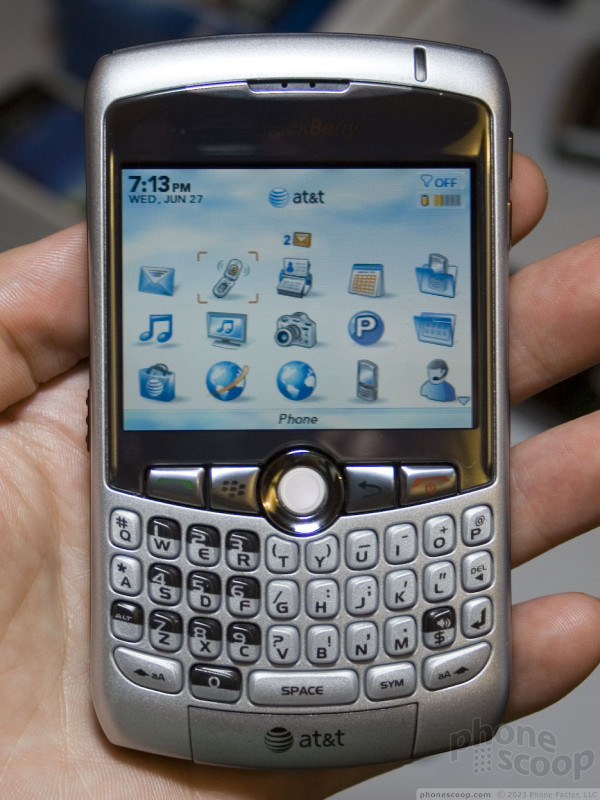





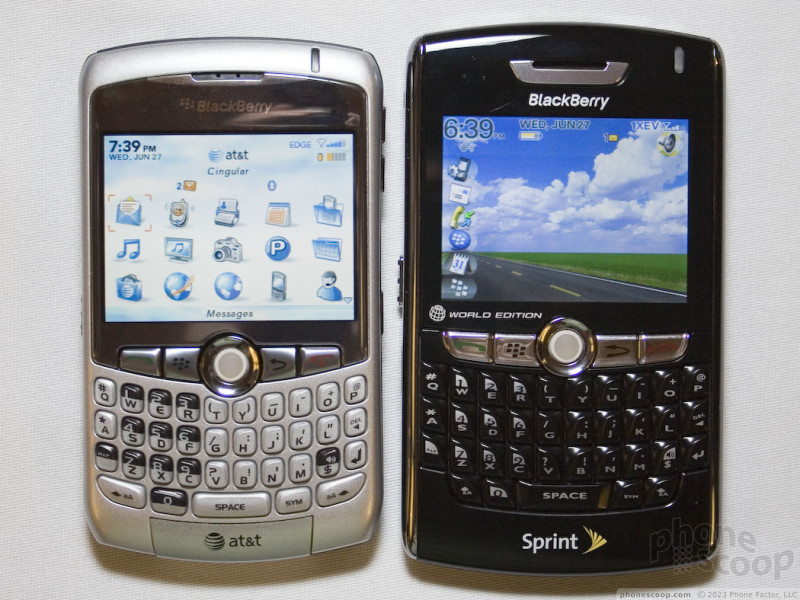



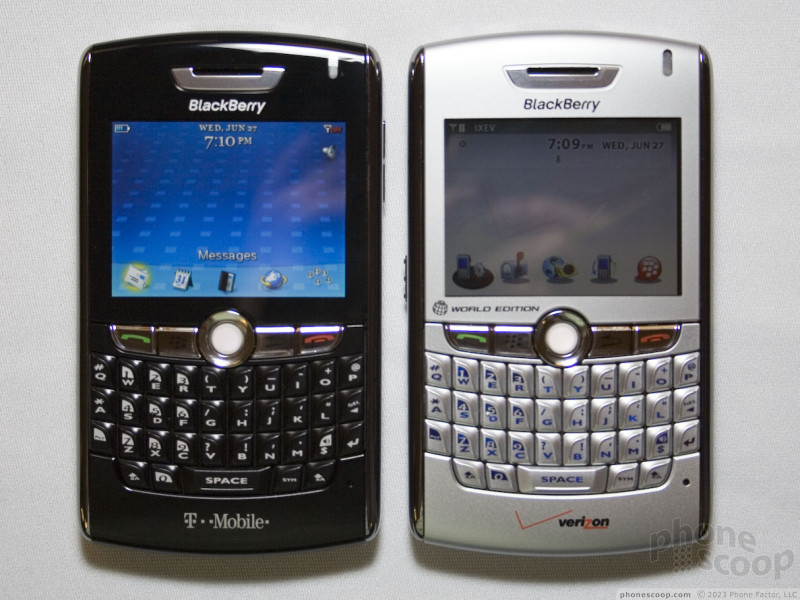


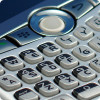 Review: BlackBerry Curve
Review: BlackBerry Curve
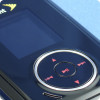 Review: LG Muziq
Review: LG Muziq
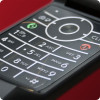 CTIA 2007
CTIA 2007
 iPhone 15 Series Goes All-In on USB-C and Dynamic Island
iPhone 15 Series Goes All-In on USB-C and Dynamic Island
 Samsung S24 Series Adds More AI, Updates the Hardware
Samsung S24 Series Adds More AI, Updates the Hardware
 Nokia 8600 Luna
Nokia 8600 Luna
 BlackBerry 8830
BlackBerry 8830
 BlackBerry Curve 8300
BlackBerry Curve 8300

